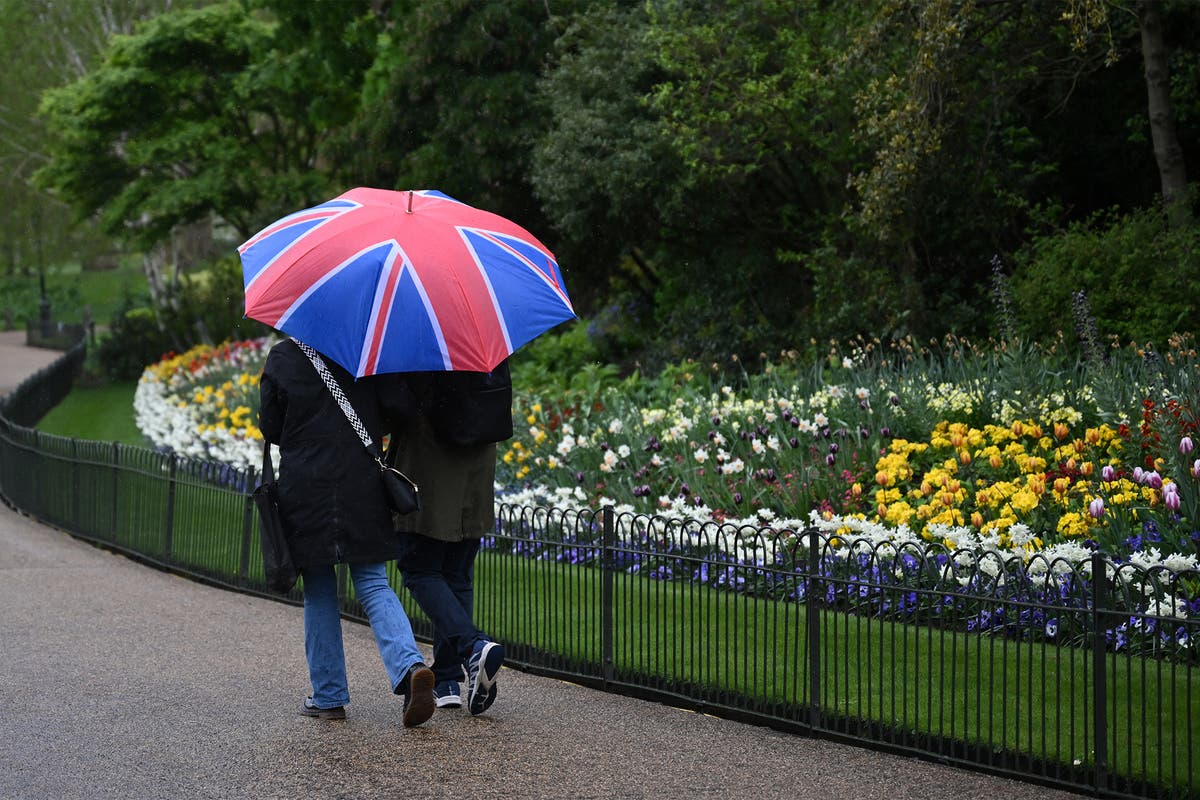12P/Pons-Brooks, a Halley-type comet larger than Mount Everest and with a 71.3-year orbit, is expected to become visible to the naked eye in the coming weeks as it makes its closest approach to the sun on April 21. The Guardian reports: While some reports suggest 12P/Pons-Brooks was spotted as far back as the 14th century, it is named after the French astronomer Jean-Louis Pons who discovered it in 1812 and the British-American astronomer William Robert Brooks who observed it on its next orbit in 1883. Thought to have a nucleus about 30km (20 miles) in diameter, it is classed as a cryovolcanic comet, meaning it erupts with dust, gases and ice when pressure builds inside as it is heated. One such outburst last year caused it to brighten a hundredfold and garnered it the sobriquet of “the Devil Comet” after the haze that surrounds it formed a horned shape.
While the comet — and its green tinge — has already been spotted in the night sky, experts say it is expected to become even brighter in the coming weeks. “The comet is expected to reach a magnitude of 4.5 which means it ought to be visible from a dark location in the UK,” said Dr Paul Strom, an astrophysicist at the University of Warwick. “The comet moves from the constellation of Andromeda to Pisces. As it does so it passes by bright stars which will make it easier to spot on certain dates. In particular, on March 31 12P/Pons-Brooks will be only 0.5 a degree from the bright star called Hamal,” he said. But Dr Robert Massey, the deputy executive director of the Royal Astronomical Society, said even if the comet did become brighter it could still be difficult to see, adding that basic instruments such as small telescopes would greatly help.
“If you have a half-decent pair of binoculars, certainly attempt to look for it with those,” said Massey, adding that apps that map the sky were also useful. The best views of the comet are currently to be found in the northern hemisphere. Massey said those who wanted to catch a glimpse should venture out on a clear evening and look low in the west-north-west as twilight came to an end. “You want to avoid haze, you want to avoid moonlight, you want to avoid light pollution.”
Source link




